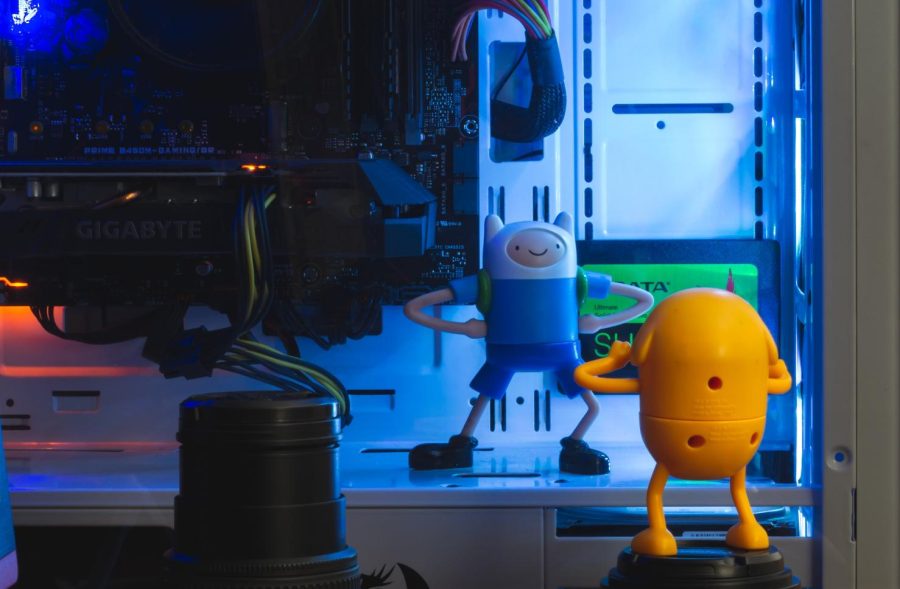Controversy Behind CalArts Style
April 12, 2023
How often is it that you see the California Institute of the Arts (CalArts), the prestigious dream school of many student artists and the guaranteed entry pass into large animation corporations be labeled as a term of mockery for “simplistic animation style”? Although this concept might raise confusion and offense in CalArts account, this school is, however, not slandered without reason.
The use of the term “CalArts” to describe cartoons with a simplistic art style emerged around 2010, where simple art styles for cartoons are becoming more common. Its concept was first coined by John Kricfalusi, the creator of The Ren and Stimpy Show, and was originally used to criticize films, such as The Iron Giant, which was made by Brad Bird, a CalArts alumni. However, what Kricfalusi criticized was not the simplistic style of the animation, but how young animators like to “regurgitate” the Disney renaissance style without grasping the animation skills that lie underneath its popular facade. Overtime, this term has become a sort of infamous trend for the public to criticize cartoons they dislike.
But how did this trend reach the fame it has? It is due to an economic downturn in 2010, which turned into a call for cheaper animation, and thus a more simple artstyle. The “CalArts style” was and is an effective solution that is affordable for the industry, storyboarders, and animators to pump out more episodes with less expense. This style of animation might also be influenced by eastern animation such as anime, which tends to focus more on the movement of the characters rather than a complex artstyle and character design.
This art style appeared in multiple cartoons, such as the shows Star v.s. The Forces of Evil, Adventure Time, and Gravity Falls. This leads the public into thinking that these cartoons lack creativity, which is an important factor in the arts and entertainment industry. This is proven by a meme that popped up over Twitter a few years back, depicting the heads of different characters from different shows next to the same bean-shaped head with a smiley face.
This controversy has led to extreme bias and criticism over works created by CalArts artists and tends to focus more on the assumed “CalArts Style” rather than the message and entertainment value behind the work. This sudden outburst over art styles also applied to works that weren’t even made by a CalArts student, such as Steven Universe. A rumor even claimed that it was adopted into the CalArts curriculum to indoctrinate their students to drawing this way.
Arcadia High School junior Tatiana Ko, who is taking art at school shared her opinions on whether the usage and purpose of this term is justifiable, “I don’t think this term should exist in the first place,” said Ko. “Although these cartoons have arguably similar styles, the main focus should be that the plot and the message conveyed is unique.”
Although good art should contain both the entertainment value and creativity of various styles, it’s also important to know that certain arts do not usually appeal to the likes of everyone. Different works are made to entertain certain audiences. Following this logic, trying to discredit a piece of art just because of biases is not supportive criticism, but can rather be deemed ignorant and notorious, not to mention the fact that this mockery uses the name of a successful art school. Arts are usually made to fit the appeals of different groups, and it’s often necessary to consider that fact before making judgements.
Photo Courtesy of UNSPLASH.COM

